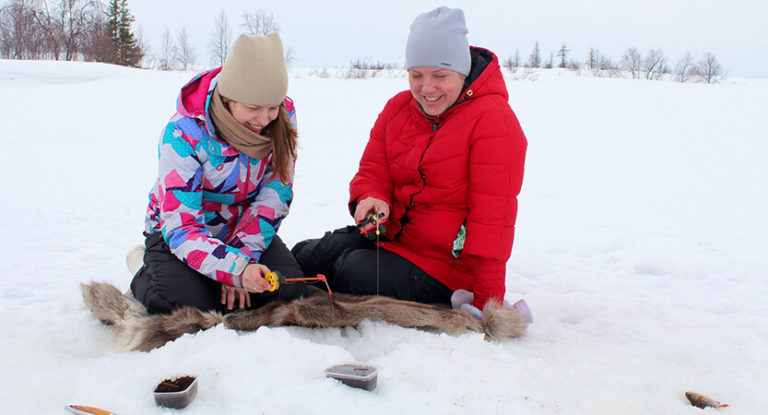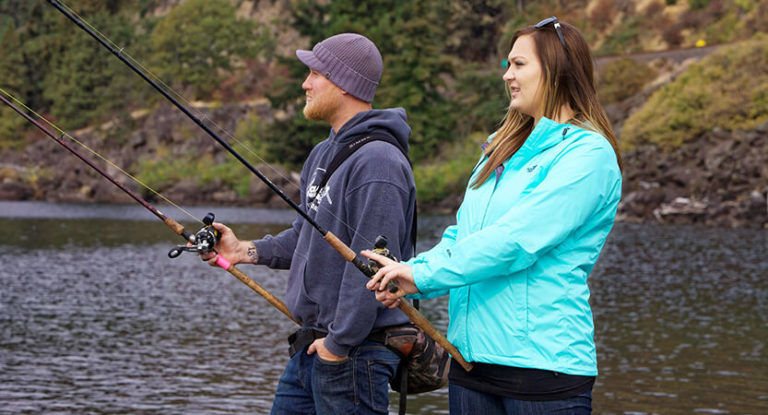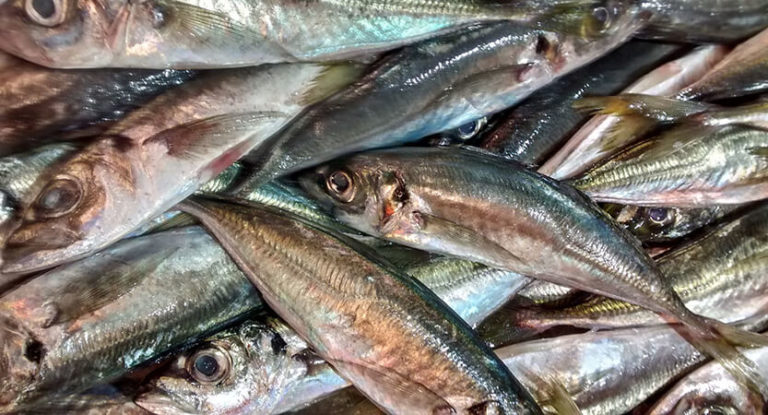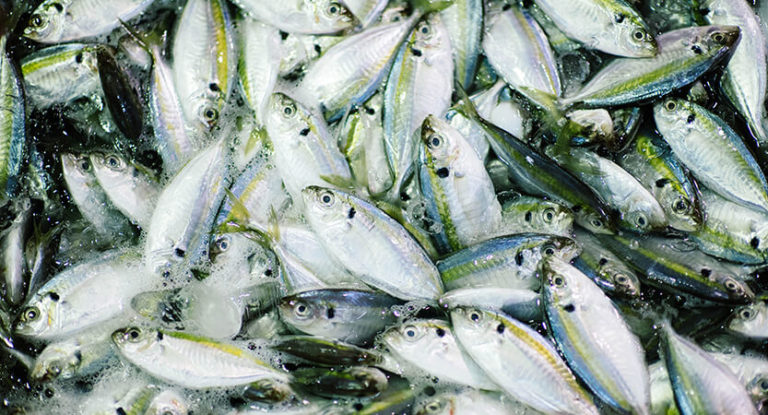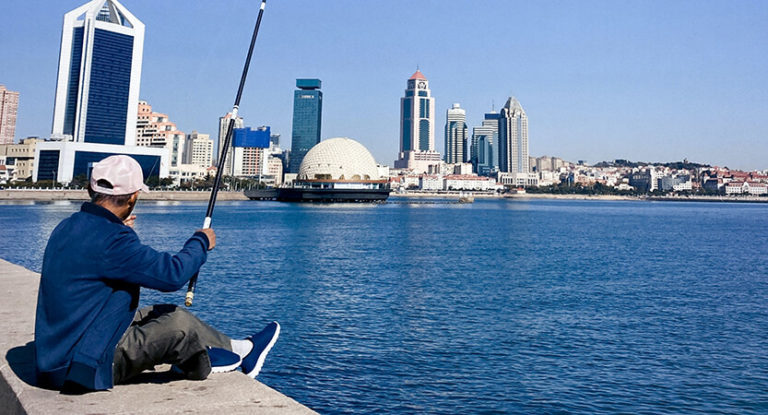Grayling is perhaps the most recognizable fish among freshwater salmon. The classification of the species is rather confusing; there are three main types and dozens of subspecies. Mongolian grayling is considered the largest and “oldest.” In its maximum size, European grayling, which lives in the northern regions of the European part of Eurasia, is slightly inferior to it.
Here is an overview of the content of this tutorial, feel free to jump to any section you care about:
For more fishing instructions, take a look at these popular Trizily links: Brown Trout Fishing.
Grayling Fishing
Characteristics of grayling
The large sizes of the northern grayling, ichthyologists associate with the nutrition of caviar and juveniles of other salmon fish. The maximum size of fish can reach 6 kg. The Siberian species is distinguished by a wide variety of subspecies. Between themselves, they differ not only in morphological features, but also in size.
Grayling is an impassable, migrating fish over small distances. There are lake forms, among which there are also tall-headed ones. In recent years, grayling has been bred for use in recreational and restorative purposes. In Europe, among others, grayling populations are actively recovering in the regions where trout, which had been bred for commercial purposes, had been “squeezed” earlier. In addition, in lakes, grayling is bred for commercial fishing.
Reproduction habit of grayling
It becomes sexually mature in 2-4 years. Spawns in April – June and depends on the region. Lake forms can spawn both on the lake itself and in tributary rivers. Make small nests in the sand – pebble or rocky bottom. Spawning is violent, with fights. In males of all species, the color changes to a brighter one. After spawning leaves for feeding in places of permanent residence.
Brown trout fishing guide: Techniques, bait and gear
Grayling fishing techniques
Grayling is characterized by a wide variety of fishing methods and is carried out in almost all seasons except for the spawning period. In addition to the usual for any angler, fishing for float, spinning, fly fishing tackle, winter mormyshki and spinners, grayling is caught on a “boat” and dozens of other specialized equipment.
Spinning for grayling
If you do not take into account the fly fishing, then the catch of grayling on spinning baits, for most European anglers, is considered the main one. Perhaps this is due to the fact that the predatory instinct in European grayling is more developed. In Siberian fishers, grayling is associated with fishing with an artificial fly and, in part, with float tackle. At the same time, spinning rods have found application as tackles for long casting using various gears using flies and snag.
Spinning rods are convenient in that they can be used both for fishing for taimen and lenok, with large spinners, and for snap-in such as gossip and Tyrolean stick, using blenders. With this equipment, spinning rods are needed with large tests and a length of possibly 3 m or more. Reels are taken to match rods: with a capacious spool and preferably with a high gear ratio for high-speed winding. Casting of equipment is made across the stream, with the expectation of demolition.
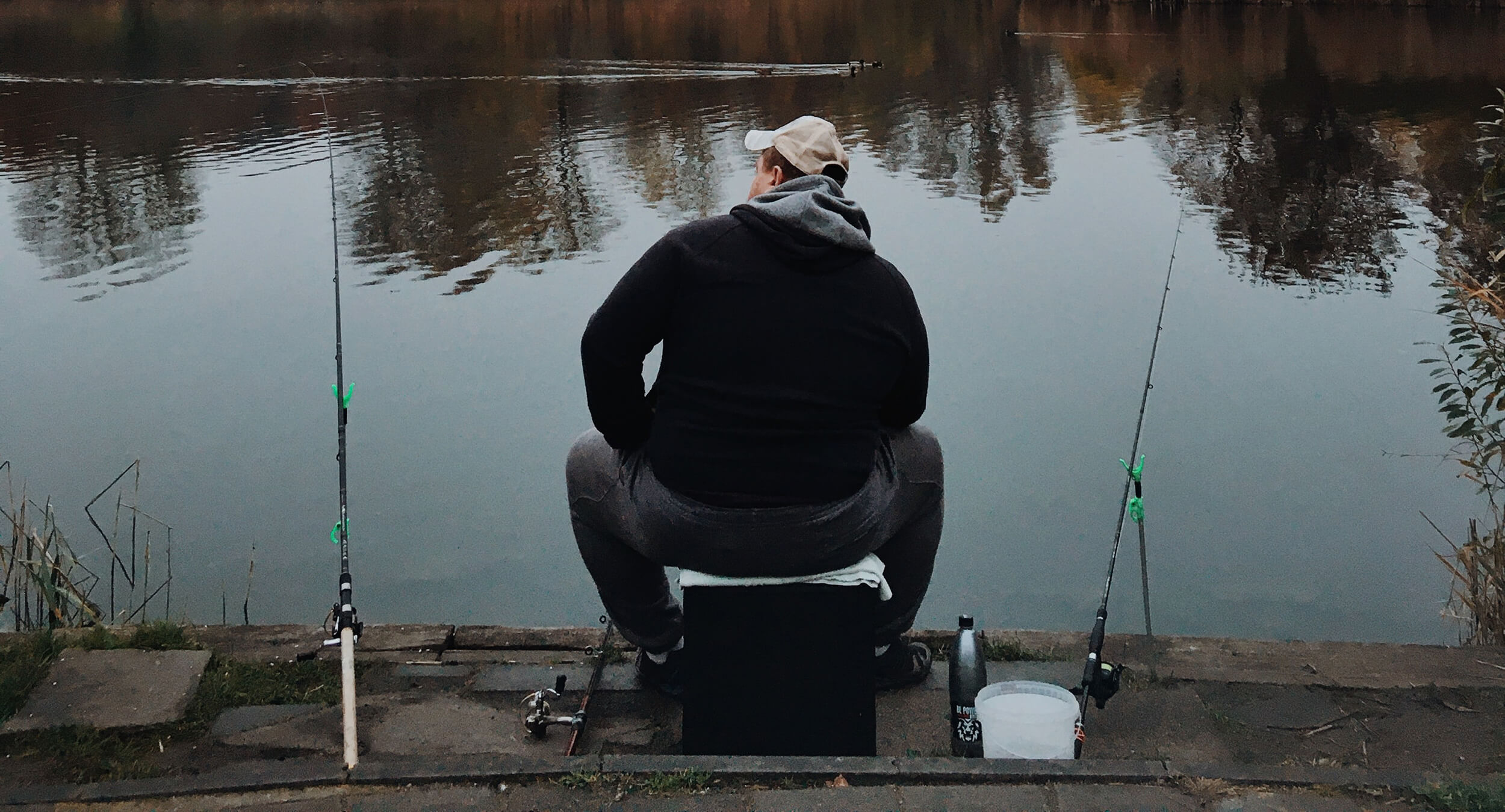
Often fishing takes place on the main stream, surface equipment, as a rule, are bulky and have great drag. This increases the load on the reels and rods. With the same gear, they also fish on the lakes, making slow wiring of surface equipment or stepwise, in the case of sinking ones. With specialized grayling for spinning lures, spinners and lures, they are usually quite small, so fishing with ultralight lures is quite possible. Similar fishing for grayling, spinning lures, is popular on small rivers or from boats.
It is worth noting that some fishers believe that catching a spoon-bait can “cut off” the capture of small fish. This rule works in part: grayling is by nature quite aggressive, often attacks rivals, so it is “crumbling” even on large “healers”.
Fly Fishing for grayling
Fly fishing for grayling is the most popular type of fishing among recreational lovers on the northern and especially Siberian rivers. Here you need to make a small correction. This rule holds true for small and medium-sized rivers. It is very difficult to convince a resident of the Yenisei, Angara or other large rivers of Siberia that fly fishing is convenient for fishing in such reservoirs. Therefore, local residents prefer various spinning and other “long casting” gear.
On large rivers, for comfortable long casts, experienced fly fishing, you can advise the use of switch rods. With their help, you can perfectly cast various sinking lures, for example: nymphs and snag. Switch rods “work” much more effectively with large flies, which can help when catching “trophy” specimens. As regards the selection of one-handed gear, it is difficult to give precise advice here. Along with trout, grayling is the fish for which dozens of gear are created every year.
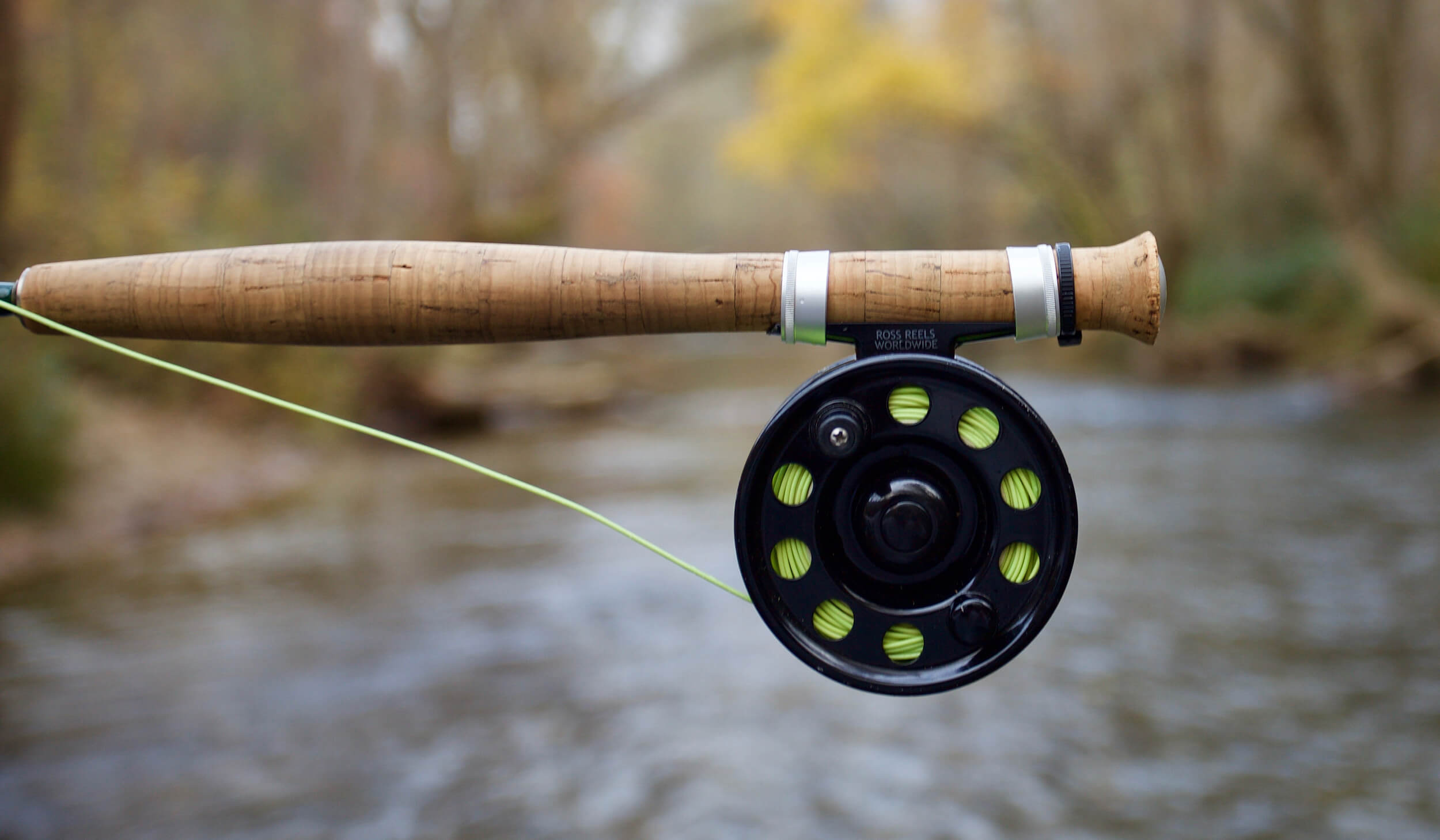
For fishing in streams, cords and rods of zero classes are suitable. The use of fishing rods under the cords of grade 7-10 for catching grayling, in our opinion, is little justified, especially in relation to fishing for “dry flies”. It is believed that due to the weight of the cord it is possible to increase the casting distance, for which high-class fishing rods may be suitable. But here another problem arises: managing a large mass of the released cord, a short one-handed fishing rod, creates discomfort in fishing. The choice of cord depends on the fishing conditions, for fishing in deep and fast rivers, sinking cords may be required, but this is more likely due to special conditions.
For most trips, you can do with 1-2 floating cords and a set of undergrowths. Fishing for “tenkara” is gaining more and more popularity. Although in Siberia and the Far East, on similar, but more primitive gear, always fished. Tenkara is more like a rebirth of old gear into a “new guise”.
Catching grayling on float and bottom gear
Catching grayling for natural, animal lures is still relevant in regions where this fish predominates. It should be noted that grayling bottom fishing is seasonal and takes place in spring and autumn. Float fishing can also be carried out on artificial baits; moreover, some fishers use both “nymphs” and “floating flies” on the same equipment. The nymph is fixed without a backing on the main fishing line, and “dry” on a separate, sliding leash above the float. In many regions of Siberia, autumn grayling for worms is not amateur fishing, but fishing.
Catching grayling on other gear
Grayling is caught on “boats” and “tugs”. Here it is worth considering that the rules govern the number of hooks on which you can catch grayling. Usually no more than ten. Fishing on a “boat” is very exciting and requires special skills. Grayling is caught in the winter on spinners and mormyshki. In this case, bait with worms and invertebrates is possible. Fishing rods and fishing lines do not require special delicacy, on the contrary, it is better to use strong, even rough gear.
“Grayling”, ice fishing is very mobile and can take place in severe frost. It is worth noting the use of a large number of options “long casting rods” and “running equipment.” The first list contains various gears for the “Sbirulino-Bombard”, “Czech water-filled float” and various sliding float accessories. For fishing on small rivers, analogues of the “English fishing rod” or “short” bolognese “are successfully used for fishing with float equipment for” descent “. As well as various match, “Bologna”, even feeder rods, which are successfully used for fishing on the “Balda”, “Angarsk”, “Yenisei” and other equipment.
Grayling fishing bait
Here, rather, it is worth noting that grayling practically does not respond to plant lures. Bait only works in exceptional cases. Fishing for natural baits depends on the region, for example, in the Far East, graylings are also caught for caviar. In general, it responds to all types of invertebrate larvae and their adult forms, to fry.
In winter, it can be caught in spinners or mormyshki with replanting from a piece of fish meat, fry or fish eye. Lures are preferable with a soldered hook. The whole range of artificial lures is difficult to describe, but it is worth noting that some anglers catch grayling exclusively in pieces of cambric or wound on forend, brass wire or foil. Siberian grayling reacts somewhat worse to “wet flies” (in the classical sense) and “streamers”. It is much more effective to use “nymphs” and “dry flies.” Lures and wobblers should be taken in small sizes.
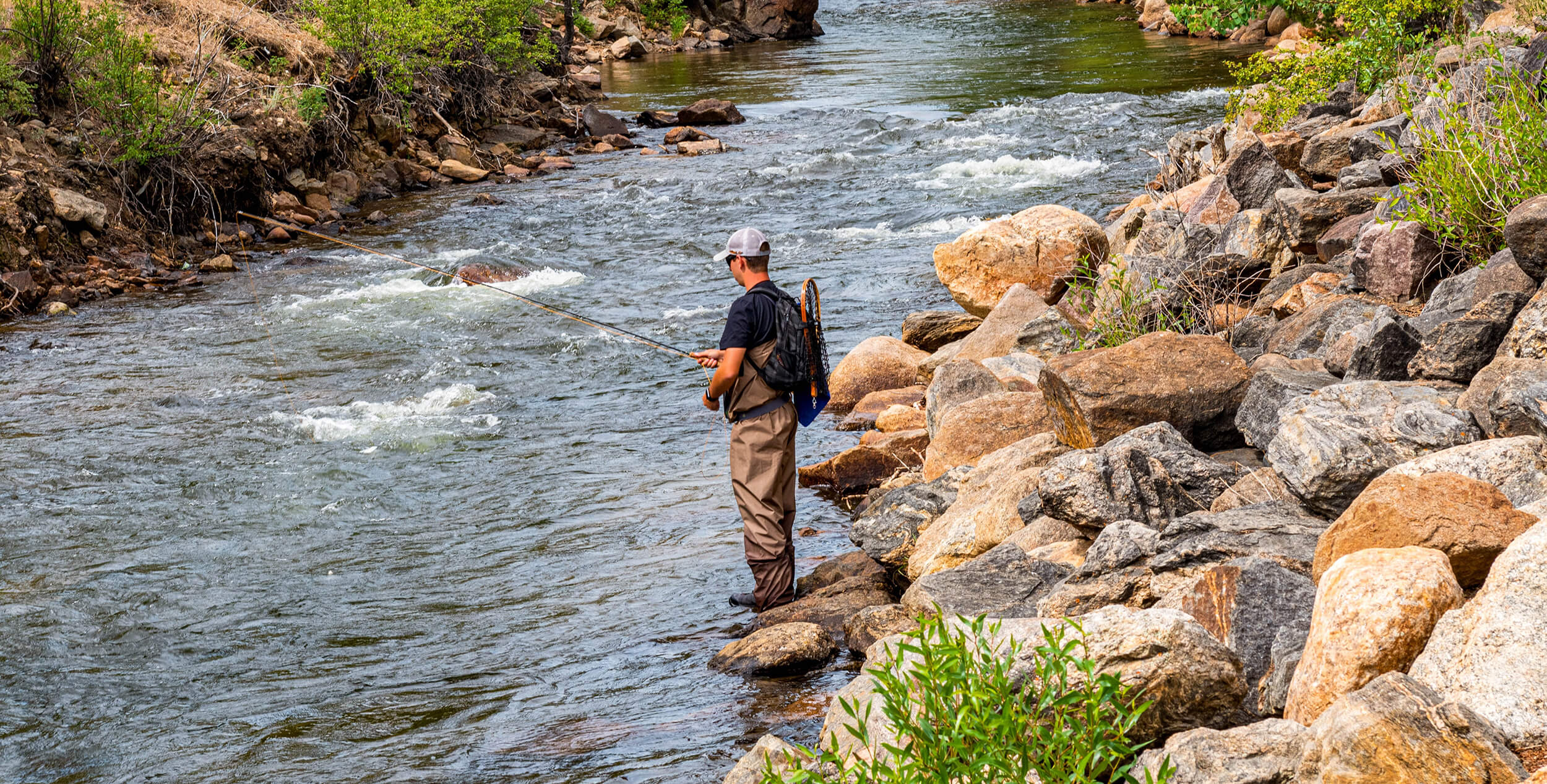
It should be noted that the nutritional preferences of grayling depend not only on the species and regional characteristics, but also on the fishing season. In different life cycles, in the reservoir, the available species and size composition of prey changes, and therefore food preferences. When traveling to an unfamiliar region, it is worthwhile to clarify, with the guides, the fishing preferences of local fish. As an example: if you are used to catching grayling in the northern and European regions for spinners, this does not mean that this method is definitely suitable for fishing in Lake Baikal or its tributaries.
Where to catch grayling
Grayling is common in most of Central and Eastern Europe, throughout Siberia, Mongolia, the Far East, and North America. You can catch grayling both in lakes and in rivers. Fish rarely migrate long distances. Grayling is demanding on water (temperature, turbidity and level), so not only spring or autumn migrations are possible.
With an increase in water temperature, even the smallest streams with cold water are possible to kill and migrate fish. In the summer, territorial differences in the places where the fish live are noticeable in size. Large individuals can keep alone in depressions or take places at obstacles and ambushes. The smallest, constantly feeding individuals, stand closer to the shore or on the floods of the river, including on small rifts.
At ambush points, at the bottom of rapids and rapids, there are schools of fish of different ages and sizes, at the best points are the strongest and largest individuals. Medium-sized grayling can often be found on the edge of the pits, along a coastal or riverbed edge. In small rivers, fish move more often, but most of the time they are in pits and behind obstacles. In lakes, grayling is kept closer to the pits, it can feed on the estuaries and on the coastal brow.

